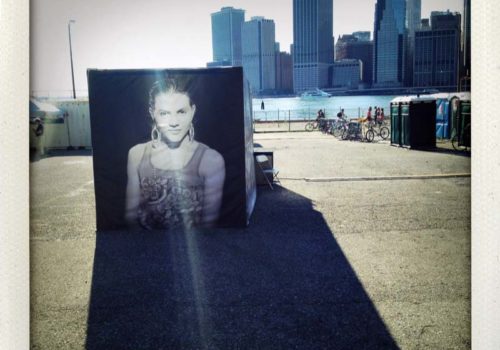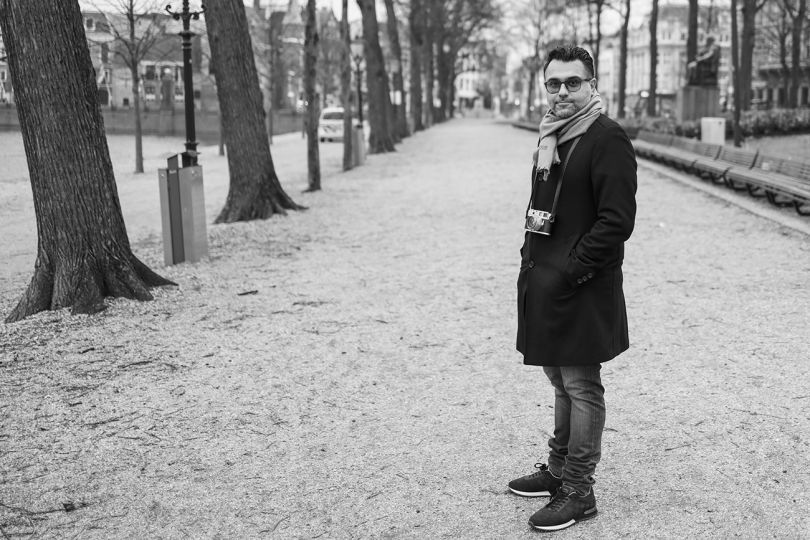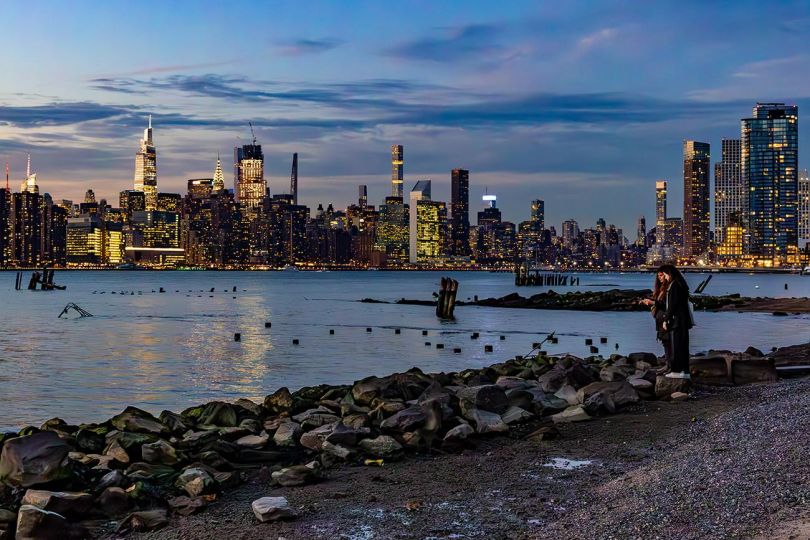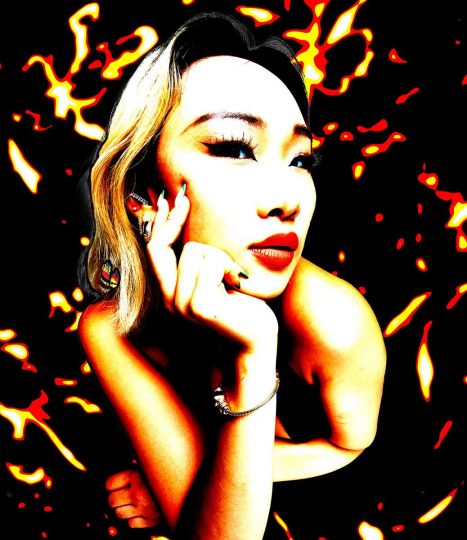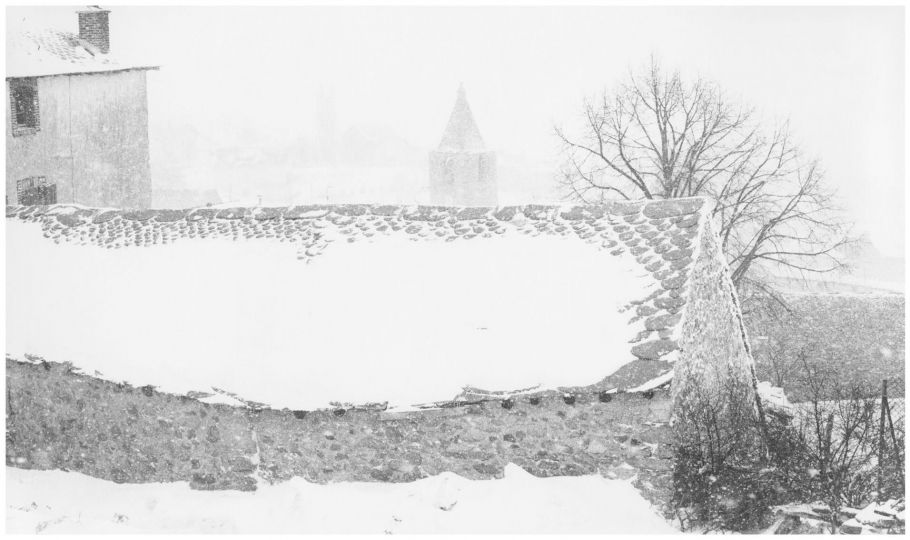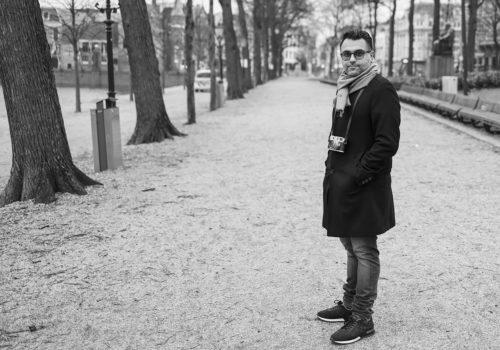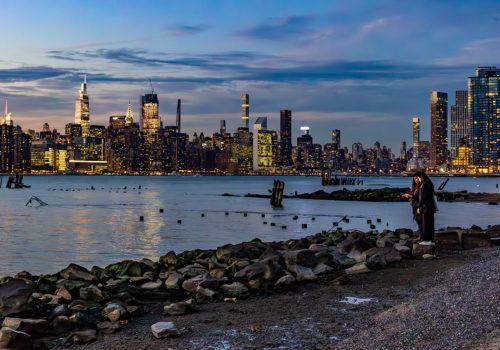United Photo Industries is a labor of love: love for the photograph and its ability to convey a complex array of emotions and ideas in a single, silent frame. Founders Sam Barzilay, Laura Roumanos, and Dave Shelley had been working in Dumbo, Brooklyn, together and independently on a wide array of photography, production, theater, and concert productions before joining forces to create UPI in March 2011. UPI opened its gallery doors at 111 Front Street in December of that same year. In the thirteen months that have transpired since, the company has produced 66 exhibitions inside and outside of its space.
UPI has dedicated itself to showcasing the work of new and mid-career artists who have not yet had exposure in New York. As Barzilay observes, “You have either had or do not get a New York show.” UPI’s mission is to change this, and to provide a space for new work that provokes and advances the discourse around the photograph. “The gallery is subsidized through us, so we can show what we think the audience should see, rather than what we think the audience will like,” Barzilay reveals. “We do not represent artists, and we aim not to show the same artist twice at the gallery.” Thus UPI provides a means to introduce new talents upon the New York stage.
Currently on exhibit through January 31 is “We Exchanged Phone Numbers” by Martin Smith, a compelling combination of photographs and text that reveals an invisible thread that runs through the narrative of our lives. Smith notes, “I write autobiographical stories that are hand cut out of vernacular photographs to represent the unique and universal moments that make our lives memorable.” Indeed, he does, as the story of the ping-pong balls in Amsterdam set amid a triptych on display is, in a word, unforgettable.
Another one of these talents is the inimitable Andre Feliciano, a Brazilian-based artist who has created a mindblowing field of flowers that uses the camera as the form for the flower itself. Each “flower” is hand cast, and when collected en masse, the field transforms in color from red to burgundy to violet to purple to an incredible effect. UPI connected with Feliciano while working on Photoville, a free, seven-day community event in June 2012. The concept for the exhibition was the creation of a village, and it was Feliciano who noted every village needs a greenhouse.
Photoville featured 27 of UPI’s 66 shows, each of which was hung inside a repurposed shipping container with—of all genius ideas—magnets. The Do It Yourself nature of Photoville allowed each exhibitor to transform what is an overlooked industrial space into a gallery of their own design. In the case of Magnum Photos, they created an exhibition by Sim Chi Yin, in homage to the bunkers in Beijing that have been converted similarly as crammed underground living spaces.
For years, Barzilay had been vibing on the idea of repurposing containers for exhibition use, as he was inspired by the majestic East River that flows but two blocks away from the gallery itself, Serendipity being what it is, Barzilay met with Regina Meyer, the president of Brooklyn Bridge Park during the Dumbo Arts Festival the previous year, and they decided to partner to create Photoville in the landmark park. Photoville proved to be a success, with exhibitors from all over the world, including the Magnum Foundation, Photo District News, Noorderlicht Festival, and the New York Times.
This is a tribute to Brooklyn, home to its own way of living, of integrating art into the landscape. It is not money making Manhattan but rather a very grand experience in its own way. I have always said Dumbo is not Brooklyn, hell, it’s not New York. It is Monaco, a city-state, it operates operatically, ruling like a baritone at the mouth of New York bay. It is a place ever-changing as the river rolls by. Once upon a time, this is where they brought the bodies. Then the artists came. Though many of those artists have moved away, yet some remain, the old guard while the new move into gallery spaces that dot these few square blocks. It is always changing, bring new people in to see the sights that they could find nowhere else. That’s why United Photo Industries is here, showing art you’ve never seen anywhere else. The spirit of Brooklyn stays alive on its shores.
Miss Rosen

